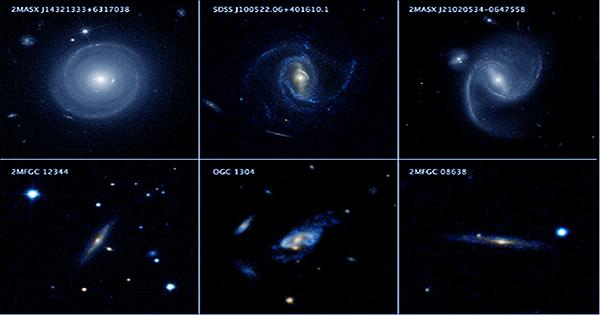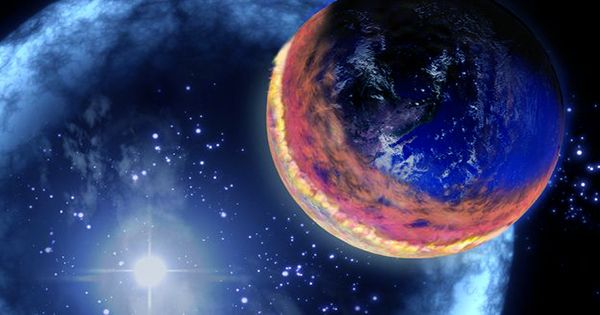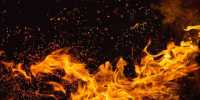New research suggests that the sun formed at the same time that at least two supernovae exploded near us. The event originated from a gas cloud from which the planets condensed with rare matter. However, there is a twist to this story. The presence of atoms can used to prove these phenomena after prolonged decay. To reveal what happened to scientists looking for their by-products. The heaviest elements in the universe were mostly produced in a combination of supernova or neutron stars, both of which split into nearby gas clouds, where they condensed on rocky planets near forming stars.
However, most of the explosions that took place during the formation of the sun, such as those created billions or billions of years ago, do not tell us much about it. Neobium-92 is an exception, leading ATC Zurich professor Maria Schönbächler to use it to test the question. The half-life of neobium-92 dates back to 37 million years before a very convenient time-period decided for zirconium-92 for specific purposes. Half-life isotopes will be almost completely finished measuring in days or even seconds as they pass from the supernova to the new space to reach the sun. Those who survived for a long time were present in the same kind of presence whether the explosion was short or long ago. An ideal middle ground that has been abundantly acquire over millions of years.

Schönbächler’s problem is that in 4.6 billion years of Earth formation, virtually all neobium-92 has turned into zirconium. He solved this problem by examining meteorite rutile and zircon crystals, which contain large and small amounts of niobium, respectively, during formation. Since neobium-92 converted to zirconium, Schönbächler left a simple record of how much neobium-92 was present in their composition, and therefore its general abundance. Do not just use any random meteorite to reveal the conditions of birth of the solar system. The Schönbächler’s measurement requires the necessary samples to throw the asteroid Vesta into a collision 4,525 million years ago. The exact timing of this event means that this rare class, known as mesosiderites, can serve as a symbol of the source of the solar system.
In the proceedings of the National Academy of Sciences, Schönbächler and colleagues concluded using crystal comparisons of four mesosiderites that the solar system enriched with two different types of recent supernova products. There is currently no method to differentiate the amount of niobium delivered by a close supernova or a slightly further distance. However, different types of supernova isotopes produce slightly different ratios. At the start of the team’s report, the solar system showed fingerprints of both type IA and core collapse supernovae, both of which had enough radioactive material to survive.
They largely influenced by the material coming out of our galaxy’s type IA supernova, with the location of the inner solar system living on rocky planets like Earth and Mars. Instead, the outer solar system fed the original collapse supernova, where a giant star collapsed on its own and went into the supernova; probably our son was born in the same solar nursery. Schönbächler’s suspected that in the last 8 million years, traces of iron that could detect under the sea had exploded enough near Earth. Yet, these are so rare in our galactic neighborhood today that multiple explosions in the near future would impossible in a short time. However, like other stars, the Sun probably formed in dense clusters, located close to many stars, the largest of which would have evolved rapidly in one way or another into a supernova.
















